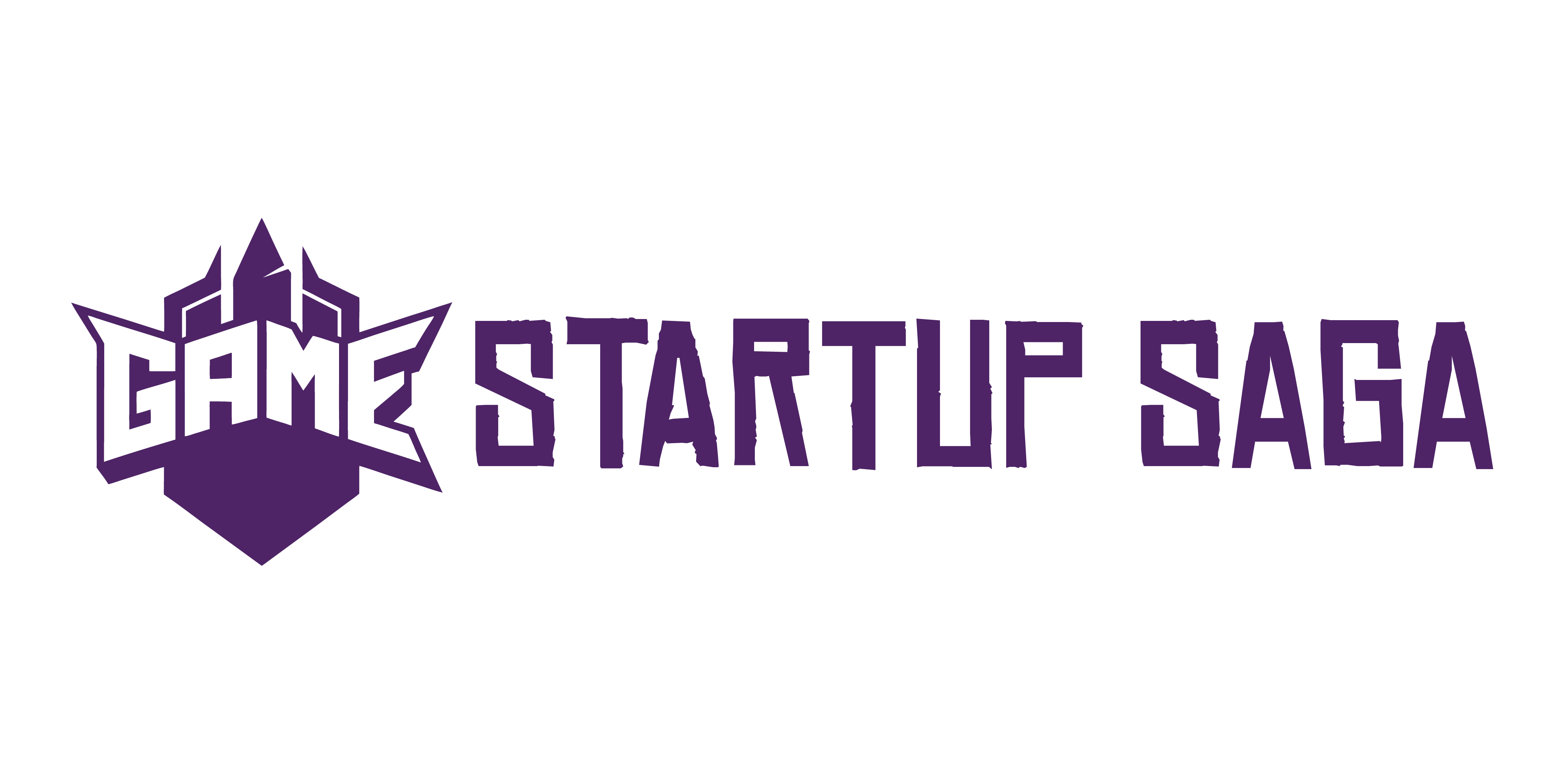Introduction: Why Indie Triumphs Matter
At its core, indie game development is survival with style. No massive budgets, no corporate safety nets—just a handful of developers, stubborn vision, and often, a full-time job on the side. These are builders who code at midnight, test under pressure, and market on the fly. That scrappy energy is more than admirable—it’s magnetic.
Their stories resonate because they don’t follow a script. There’s no PR filter, no glossy press cycle. When an indie game hits, it hits because someone cared enough to build something weird, bold, or achingly personal. Gamers feel that. It’s why titles like “Celeste,” “Hollow Knight,” or “Disco Elysium” stay talked about long after launch. They aren’t designed in boardrooms—they’re forged in someone’s apartment, garage, or local café.
And their impact? Impossible to ignore. Indie games regularly punch above their weight, pushing the whole industry forward. New gameplay mechanics, narrative risks, aesthetic leaps—many of those come from teams most people haven’t even heard of. Globally, these titles spark movements, inspire younger devs, and remind everyone that creativity isn’t a budget line. It’s a mindset.
Story 1: From Solo Dev to Studio Lead
The Bedroom Where It All Began
Some of the most unforgettable indie games didn’t come from studios—they sprang to life in bedrooms, late at night, on modest hardware. This is the story of one such developer who, armed with little more than a laptop, a vision, and relentless determination, transformed a solo side project into a full-fledged success.
The Toolkit That Made It Possible
A big-budget team wasn’t part of the story—but smart, accessible tools were. Here’s what supported the journey:
- Game engine: Unity provided a flexible, beginner-friendly foundation
- Art assets: A mix of hand-drawn designs and royalty-free resources
- Sound and music: Freesound.org, community collaborations, and modest paid packs
- Version control: GitHub, used even as a solo developer for organization
- Playtesting community: Reddit threads, Discord servers, and indie dev forums
These tools weren’t fancy—they were accessible, and that’s what made them powerful.
Balancing Passion and Discipline
Launching solo didn’t mean working aimlessly. The developer followed a lightweight structure to stay on track:
- Set weekly milestones and reviewed progress
- Documented daily lessons in a devlog (shared publicly for accountability)
- Took regular breaks to avoid burnout, even when pressure mounted
Most importantly, they knew when to stop polishing and ship the game before perfection became a problem.
Launching Alone, Learning Fast
Going solo meant every decision landed on one person’s desk—from marketing and community engagement to bug fixes. Some hard-won lessons included:
- Don’t underestimate launch prep: building hype ahead of release matters
- Feedback is fuel: listening to early players helped shape post-launch updates
- Trust yourself—but build a circle of other creators who’ll tell you the truth
The result? A well-received game, thousands of downloads, and a growing player base hungry for future titles.
What Happens Next
After the solo success, the developer didn’t stop. They transitioned into leading a small remote team, expanding their ambitions and helping others in the indie dev community do the same.
The legacy of their journey: you don’t need a studio to start—you just need to start.
Story 2: The Crowdfunded Dream That Paid Off
Turning Kickstarter Buzz Into Reality
Crowdfunding has become a cornerstone of indie game development, offering more than just early funding. It’s a test of concept, a community-building opportunity, and a launchpad for momentum. For many developers, a successful Kickstarter campaign marks the turn from idea to tangible development.
What Works:
- Clear vision and compelling storytelling in the campaign
- Transparent milestones and development roadmaps
- Showcasing early builds, concept art, or prototypes
Building a Loyal Fanbase Pre-Launch
One of the greatest advantages of crowdfunding is forming a community long before the game launches. Backers aren’t just donating—they’re investing in the journey.
Key strategies for fanbase-building:
- Regular updates that show progress and maintain trust
- Direct interactions through Discord servers, AMAs, and behind-the-scenes content
- Letting fans influence small decisions, which deepens their connection
Managing Expectations and Maintaining Trust
Delivering on promises is essential—not just for one game, but for a lasting reputation. Successful developers learn to walk the tightrope between honesty and hype.
How they keep it real:
- Setting achievable stretch goals, instead of overpromising
- Sharing setbacks openly, with adjusted timelines and clear explanations
- Keeping communication active even after the campaign ends
These developers didn’t just fund their dreams—they built communities that stayed with them far beyond launch day. The real win? Creating games with early believers who feel like co-creators.
Story 3: Failure First, Breakthrough Later
For years, Marcus Lee made games that nobody played. His first few releases—quirky puzzle-platformers and offbeat narrative experiments—barely gathered more than a few hundred downloads. Forums stayed quiet. Reviewers passed. At one point, he seriously considered walking away from development altogether.
But something kept him going. He liked the making part. Coding mechanical puzzles at night or refining pixel art between shifts wasn’t glamorous, but it gave him agency. He’d grown up obsessed with games and slowly realized that chasing a viral hit was the wrong goal. So he recalibrated.
Instead of trying to impress an imaginary mainstream audience, Marcus built something small and specific. His next project, a quiet, grief-centered story-driven game called “Stillwater,” emerged from a deeply personal place. No combat. No power-ups. Just raw narrative and a player making hard choices about care, memory, and loss.
It resonated.
Streamers started picking it up. Word spread gently, then rapidly. “Stillwater” didn’t go viral overnight—it flowed. Over months, it reached the right players, who passed it along like a book you insist your friend read. By year’s end, Marcus had his first real financial success and a community that asked what he’d make next.
Failure didn’t fade—it just stopped being the final word.
Story 4: Small Team, Big Impact
Sometimes the most polished, emotionally resonant, and downright fun indie games come from teams small enough to share a pizza without leftovers. These 2–3 person units are proving that size doesn’t limit ambition—it sharpens it.
Take BrightLayer Games: just two friends—one coder, one illustrator—working out of a kitchen table in Portland. Their puzzle-platformer Threadlight found breakout success thanks to a tight loop of prototyping, playtesting, and course-correcting weekly. They split roles cleanly. One handled design and UI work, the other focused on engine builds and script systems. No bloated meetings. No communication breakdowns. Just the discipline of shipping builds every Friday.
Another standout: the team behind Grave Mechanics, a two-person squad from Slovakia who mix post-apocalyptic themes with intricate crafting mechanics. Their secret? Ruthless task prioritization with clear pivot points. When burnout crept in, they’d swap responsibilities for a week—design took over bug fixing, coding jumped into level layout. That body-switch approach bought them just enough mental space to keep moving.
Momentum didn’t come from long hours. It came from working smart, tackling one micro-milestone at a time, and knowing what not to work on. These devs didn’t try to match the scope of a studio 100x their size. They picked one unique angle, and built the hell out of it.
In a world screaming for more content, these tiny teams kept things quiet, deliberate—and hit hard anyway.
Strategies Behind the Success
Indie dev journeys may look different on the surface, but there are consistent themes that show up time and again. From perseverance to community support, the lessons learned by successful independent developers offer a roadmap for others navigating the same path.
Core Traits of Successful Indie Devs
Across each story, certain characteristics and habits stood out:
- Grit and resilience: Every developer faced long hours, uncertainty, and tough feedback. Persistence was non-negotiable.
- Iterative development: Most didn’t strike gold on the first try. They refined, tested, and restarted—even when it meant throwing out months of work.
- Player-first mindset: The most beloved games were shaped by early community feedback, open betas, and constant listening.
These traits weren’t inherited—they were built with time, patience, and a willingness to learn.
The Power of Mentorship and Community
Behind many solo or small-team successes was a wider web of support. Online forums, dev Discords, and mentorships played a key role.
- Online dev communities: Sites like Itch.io, Reddit, and indie-focused Slack channels created space for support, code reviews, and even emotional check-ins.
- Mentorship: For developers new to the scene, having experienced voices to provide guidance—formally or organically—could be game-changing.
- Collaboration over competition: Indies often helped one another succeed, sharing learnings and tools freely.
Budgeting for the Long Haul
Financial sustainability is one of the biggest hurdles in indie development. But these creators didn’t wait for a perfect funding plan— they worked with what they had.
- Part-time jobs: Many balanced day jobs or freelance work to keep income flowing during early development.
- Grants and incubators: Regional or indie-friendly creative grants often provided just enough runway to finish key milestones.
- Lowering scope, not quality: Smart developers trimmed their visions to match their budgets—prioritizing gameplay and core mechanics over flashy features.
Learn From Their Models
Though every indie story is unique, paths to success are increasingly visible. For a deeper dive into how new studios turn vision into viability, check out:
How Startups Turned Their Ideas Into Successful Games
Final Takeaways
Money helps, sure—but grit gets you through the long nights, the failed prototypes, and the launches that fall flat. What unites the devs in these stories isn’t funding or flashy tools—it’s their refusal to quit. It’s the willingness to build in public, to listen hard, and to start over when things break. Grit isn’t about grinding blindly. It’s about adjusting quickly and staying grounded in purpose.
There’s also the emotional side: vulnerability. Putting something you made out into the world is high-risk. You’re showing people what you care about. And sometimes it flops. The indie route demands skin in the game, emotionally and creatively. But the upside? When it works, it’s yours. Fully yours.
For aspiring devs, the lesson is simple: don’t wait for perfect funding or timing. Start messy. Learn fast. Lean into the community. The honest truth is that most successful indie developers didn’t follow a clean roadmap—they just kept moving, stayed curious, and found their edge along the way.




